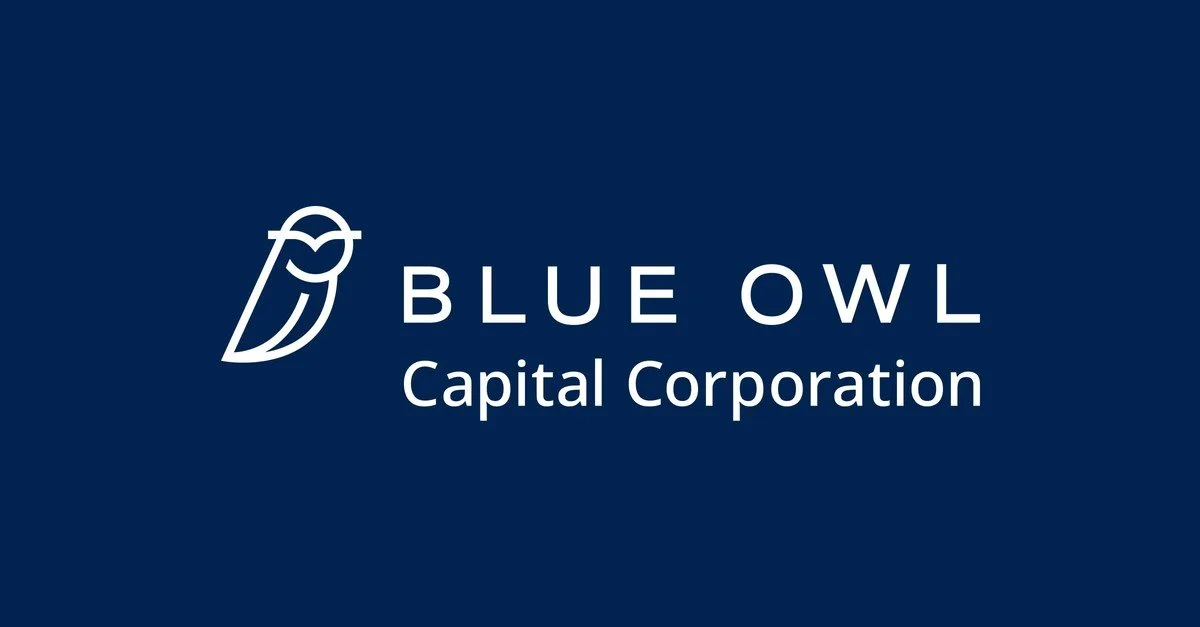SBUX | Q2 2025
The content provided on this website, including any communications, posts, videos, social media interactions, and other materials, is for informational and educational purposes only. It should not be considered as financial or investment advice. Read our full disclaimer here.
Links
Link to Transcript
Link to 10-Q
Overview
Non-GAAP EPS of $0.41 misses by $0.07.
Revenue of $8.76B (+2.3% Y/Y) misses by $70M.
Takeaways
Starbucks (SBUX) had a rough Q2 on paper—EPS dropped 38% to $0.41, operating margin fell to 8.2%, and same-store sales declined 1% globally, including a 2% dip in the U.S. But CEO Brian Niccol spent most of the call focusing on what’s happening beneath the surface—and why he’s more confident than ever in the company’s turnaround.
Seven months into its Back to Starbucks strategy, Starbucks is rebuilding from the inside out. That means reinvesting in its partners, simplifying operations, bringing customers back into its cafes, and getting more intentional about brand and menu innovation.
The short-term financials don’t reflect it yet, but management is already seeing signs that the changes are starting to work.
Partner engagement is up, and turnover is at an all-time low. Transactions are still down, but the rate of decline is slowing—and more of those transactions are higher quality (i.e. not driven by coupons or discounts). Ticket size in the U.S. was up 3% this quarter, thanks in part to a cleaner, more premium product mix.
The company is also shifting its mindset on throughput. For years, Starbucks leaned on equipment to improve efficiency. That hasn’t worked. Now, it’s refocusing on labor—and it’s already paying off.
A 700-store pilot proved that the right staffing and deployment strategy can improve speed of service, connection with customers, and transaction growth. Based on that, Starbucks is rolling out a new “Green Apron” service model to more than 2,000 stores starting in May.
Of course, more labor means higher costs—and that’s part of why margins took a hit this quarter. But Starbucks believes this investment is the right one. Instead of just chasing short-term earnings, the company is trying to build a healthier, more resilient business that can actually scale over the long term.
That same thinking is guiding their approach to store growth. Starbucks still sees long-term potential to double its U.S. footprint—but the company is taking its time to get smarter about store design and build costs first. They want each new store to be cost-efficient, operationally smooth, and inviting enough to live up to the “third place” experience Starbucks is known for.
On the brand side, the company launched a new U.S. ad campaign that sparked record Monday sales and helped boost brand sentiment to a two-year high. Plus, engagement on social media nearly tripled quarter-over-quarter.
Starbucks is also tightening its menu, cutting underperformers, and leaning into more customer-driven innovation. They saw a 40% lift in matcha sales after removing sugar, and the new Cortado platform is off to a strong start.
There’s still more to come later this year, including wellness-focused drinks and a potential “aperitivo” menu aimed at reviving the slower afternoon hours.
Internationally, things seem to be stabilizing. Eight of Starbucks' top 10 global markets were flat or growing.
China was flat overall, but transactions rose—thanks to localized marketing, adjusted price points, and new product offerings that are more in tune with local preferences. Starbucks says it's committed to the China market for the long haul.
In short, the numbers were pretty rough this quarter. But this doesn’t feel to me like a business in decline—it’s a business in transition.
Starbucks is laying the groundwork now to come out stronger, more dialed in, and more in tune with both its customers and its partners. The payoff will likely take longer than the market initially thought, but the early signals—from partner retention to customer satisfaction to operational tests—suggest they’re heading in the right direction.




Revenue of $1.88B (+4.4% Y/Y) beats by $10M. Non-GAAP EPS of $1.96 beats by $0.09.